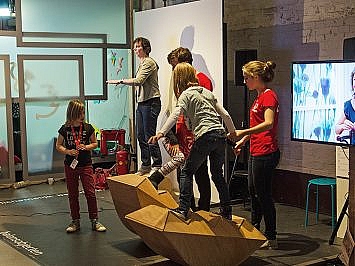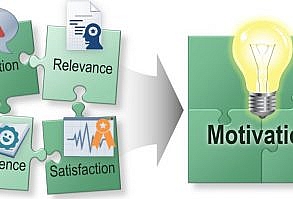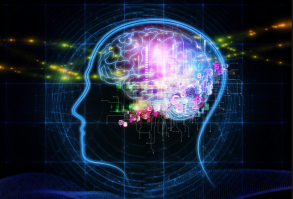Despite almost a century of methodological investigation over the appropriate pedagogical approach, Western education is still founded on conventional concepts based on mentalistic notions, which isolate the mind from the body. At school, students receive instruction while staying passive and observing the ongoing instructional process. The purpose of this article is to introduce embodied learning as a counter-norm to mentalistic schooling.
Embodied learning
The theory of embodied cognition underlines the connections between the mind and body as being an integral part of the ecosystem. Cognition is the outcome of attributes such as physical actions, sensations, and sentiments. When the value of what is learnt is based in physical movements and perception, this is referred to as embodied learning. For instance, newborns learning to create speech patterns not only adjust their hearing but also activate their lips and tongue in anticipation of the mouth motions required to produce the sounds. When embodied learning is included explicitly in instructional design, individuals often achieve larger and reach increased performance.
When pupils are actively involved in a classroom task, they are not leaning back or looking at their phones. Smartphones could even be integral to learning, as students use them to take images of their whiteboard notes or to bring back proof of a discovery made during an out-of-class trip. Reflections from a group may be captured using phone voice memo recorders; photos and audio can be submitted to the course learning management system to complete “embodied” assignments.
Bodily dynamic learning emphasizes human sociality, which develops a feeling of belongingness and provides us with a variety of views from which to acquire insight. Significant engagement with classmates has been identified as a critical component of effective teaching and learning practices. By incorporating embodied sensory experiences into active learning, we may take it to the next level.
References
Nathan, M. J. (2021). Foundations of embodied learning: A paradigm for education. Routledge.
Please feel free to contact me if you need any further information.





